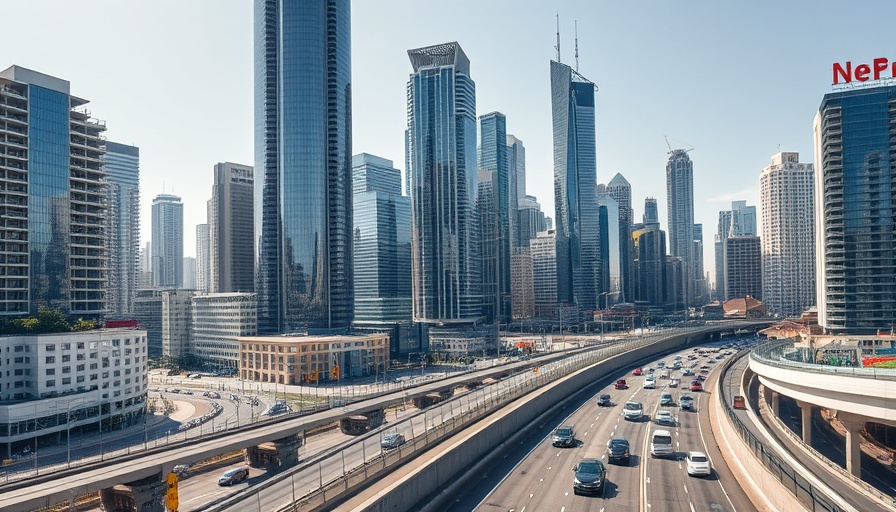
China's Green Sovereign Bonds: A Key Step for Global Climate Cooperation
In a significant move towards environmental sustainability, China's Ministry of Finance launched its inaugural green sovereign bonds on April 2, 2025, at the London Stock Exchange. This initiative aligns with a global trend where over 50 jurisdictions have adopted similar strategies to fund eco-friendly projects. Experts believe this bond issuance will catalyze international investments, necessary for China's green transition while strengthening climate cooperation with other nations, notably the UK and EU.
What are Green Sovereign Bonds?
Green sovereign bonds are instruments issued by governments to finance environmentally sustainable projects. The proceeds from these bonds are typically allocated to initiatives such as renewable energy, sustainable transportation, and various conservation efforts. For China, this bond issuance—totaling RMB 6 billion (approximately US$824 million)—will fund diverse initiatives aimed at enhancing environmental stewardship.
China's Environmental Financing Needs
According to a report by consultancy firm Oliver Wyman, from 2020 to 2060, China will require around RMB 3.5 trillion annually to meet its green financing objectives. With the government projected to contribute only RMB 2.4 trillion, a funding gap of RMB 1.1 trillion looms, highlighting the urgent need for private investments. By introducing these green bonds, China hopes to attract significant international financing and fill this critical gap.
International Context and Comparisons
The launch of China's green bonds is particularly significant when compared to global issuances. For instance, Germany raised US$7.7 billion in green bonds in 2020 alone, showcasing the large-scale potential of these instruments. While China's initial offering is relatively modest, experts believe it may pave the way for larger future emissions as interest in sustainable investments grows worldwide.
Insights from Experts: The Significance of the Bond Issuance
Climate finance experts see this bond issuance as pivotal for China's commitment to the Paris Agreement, which calls for transitioning to a low-carbon economy. Xie Wenhong, head of the China Programme at the Climate Bonds Initiative, emphasizes that this is not just about raising funds but also about fostering a stronger relationship with international partners in climate action. Mao Xuxin, from the Bank of China London Research Centre, notes that issuing bonds in London allows China to diversify its sources of green finance and lessen its reliance on domestic funding.
Investment Opportunities in Green Projects
This bond issuance opens pathways for investors interested in sustainable projects. Areas earmarked for investment include renewable energy, green building developments, and clean transportation—sectors increasingly vital in combating climate change and reducing carbon footprints. As the demand for sustainable investments rises, these green bonds could be an attractive option for international investors looking to align their portfolios with ethical and sustainable practices.
Looking Ahead: Potential Growth in China's Green Finance Landscape
China's first green bond issuance signals a promising trajectory toward increasing green finance in the years to come. As the nation commits more resources to address climate change, the robust demand in the international market could encourage further bond issuances. Going forward, there remains an opportunity for China to enhance its leadership in green finance by expanding its offerings and amplifying its climate action plans.
Final Thoughts: The Importance of Sustainable Investment
The launch of green sovereign bonds represents a crucial step for China in its efforts towards a sustainable economy. As climate change continues to pose significant challenges, the necessity for innovative financing solutions becomes increasingly clear. Investors and stakeholders are encouraged to monitor these developments closely, as they indicate a shift in global investment strategies toward more sustainable and responsible economic practices.
As China steps into this pivotal role, it’s essential for eco-conscious individuals and organizations to support and advocate for sustainable initiatives. By investing in green projects and encouraging responsible policies, we can help mitigate climate change and promote a greener future for all.
 Add Row
Add Row  Add
Add 



Write A Comment